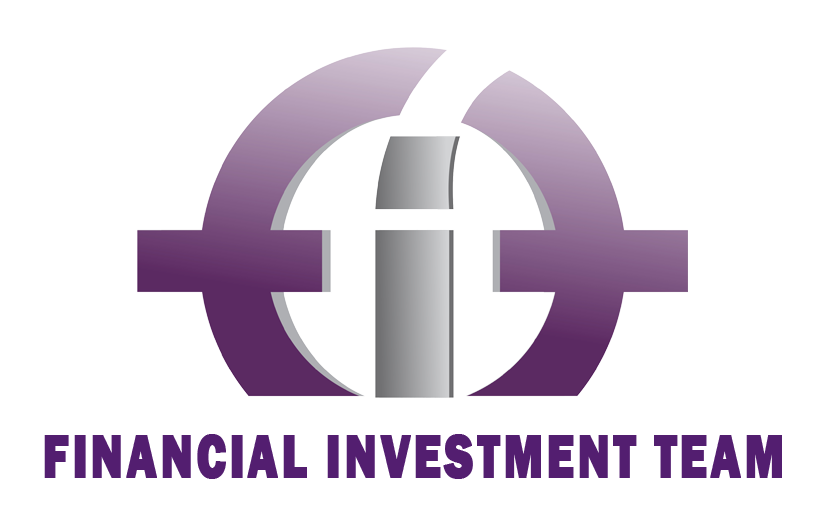If you want the freedom to do what you want in retirement, you need the funds. What is saved now will determine the choices you will have when you decide to stop working. One of your most important tools on the path towards a comfortable and happy retirement is a 401(k) plan. We are going to dive deep into 401(k) plans and how you can select the right plan to maximize your retirement savings for the future.
What is a 401(k) Plan?
A 401(k) plan is an employer-sponsored retirement savings and investing plan. Each paycheck a percentage of earnings are deducted and allocated in funds of the employees’ choosing. Most employers choose to match the contributions invested due to the tax-advantages offered to both employee and employer. When exactly these tax-advantages take place will be determined by which retirement savings plan you select:
Traditional 401(k)
The Traditional 401(k) plan offers an upfront tax break on your contributions. The money you put in is deducted from your paycheck before income taxes are applied, therefore reducing your current taxable income. For example, if you make $100,000 a year and put in the maximum
$30,000 in your 401(k), for a person above the age of 50 years old as of 2023, then you will only be taxed on $70,000 for the year. This plan is incredibly advantageous for managing taxable income in the present, and as long as the money remains in your 401(k) savings account it is
protected from taxation. However, it is important to note that once you begin making withdrawals from the account in retirement, taxes will begin to be taken out.
Roth 401(k)
The Roth 401(k) involves contributing money to your retirement savings account after taxes have been applied. Like the traditional plan, money put into the 401(k) savings account is protected from taxation. However, unlike the traditional plan, the qualified withdrawals are completely tax-free once you have held the account for five years or reached 59 ½ years of age. This option can be incredibly useful for individuals seeking to minimize future tax liabilities. When combined with other taxable retirement accounts, a Roth 401(k) serves as a valuable diversification tool in your overall retirement savings strategy, providing you with a tax-free income source.
Selecting your Retirement Savings Plan
The key to maximizing your retirement savings lies in understanding the benefits of both types of 401(k) plans in order to choose and create a balanced and tax-efficient retirement strategy for your personal goals.
- What are the tax-advantages? When do you want to see the tax-advantages in place? Would you rather have taxable and tax-free income sources in retirement?
- What are the maximum 2023 contribution limits? Keep in mind the maximum contribution limits for each plan as they are affected by factors such as filing status, gross
income, and age.
- Are there any strategic savings allocation options? Does your employer offer the option to contribute to both a traditional 401(k) and Roth 401(k)? If so, are you in the
financial position to diversify your assets across multiple accounts in order to manage potential risks and enhance your ROI?
By understanding the differences between traditional and Roth 401(k) plans and tailoring their approach to your financial situation, you can make the most of your retirement savings. Consult with PEAK financial advisors to create a personalized 401(k) strategy that aligns with your long-term financial objectives.
Remember, the decisions you make today will significantly impact your future financial security and freedom.
If you have any questions, please contact us today!

